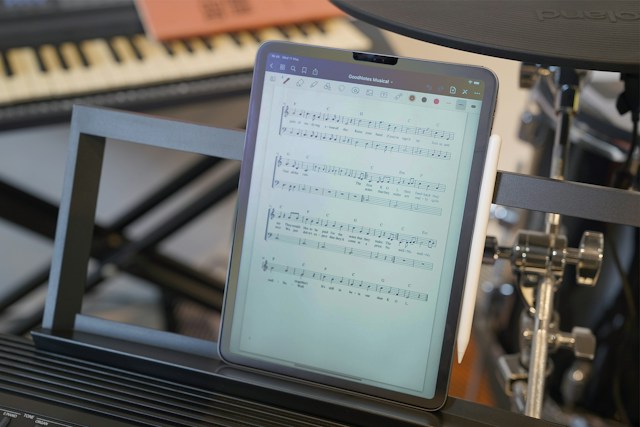A Comprehensive Guide on Saving Webpages as PDFs

Saving webpages as PDFs can be extremely useful for future reference and easy sharing. PDFs preserve the webpage formatting and allow you to access the content offline. They are also easy to organize, search, share electronically, and print. Let’s explore why saving webpages as PDFs is important.
When you come across an interesting article, blog, or other web content you want to read thoroughly or share later, saving that webpage as a PDF ensures you will have ongoing access to it. Websites sometimes go offline or remove content, but a PDF acts as an offline snapshot you can reference indefinitely.
PDFs also maintain the original webpage layout, formatting, images, and text – which may get lost if you just copy and paste content into another document. The PDF format locks down the exact look of the page.
In addition, PDF files are widely readable across devices and applications. You can search, annotate, print, and share PDFs seamlessly across desktops, mobile devices, and operating systems.
Overall, converting useful webpages to PDFs makes them easy to organize, search, reference, share electronically, and print – whenever needed. It’s a convenient way to save online content for ongoing personal and professional use.
Step-by-Step Guide on Saving Webpages as PDFs
Here is a step-by-step walkthrough on how to easily save webpages as PDF files using common tools and methods:
Step 1: Enter the webpage URL or locate an HTML file
To save a webpage as a PDF using your web browser, the first step is to access the Print option. In most major browsers like Chrome and Firefox, you can find this under the File menu (or Chrome menu) at the top.
Click on File/Chrome menu and select Print. Alternatively, you can use the keyboard shortcut CTRL/Command + P on Windows/Mac to bring up the Print dialog box.
Accessing this menu is the starting point to then save the currently open webpage as a PDF file.
Step 2: Set your conversion preferences
Most PDF converters provide customization options related to the conversion process. Common preferences include:
- Page Size – Letter, Legal, A4, etc.
- Page Orientation – Portrait or Landscape
- Headers and Footers – Add things like date, URL, page numbers
- Image Compression – Higher compression = smaller file size
- yperlinks – Choose whether to preserve links
Content Layout – Single page or continuous scroll
Review each available preference and adjust based on how you intend to use the PDF. For archival and storage, higher compression and smaller file sizes may be preferred. For printing and readability, lower compression and larger text might be better.
Set the options appropriately before finalizing the PDF conversion process.
Step 3: Select Create to save your PDF
Once you have entered the webpage URL or selected an HTML file and customized your conversion preferences, you are ready to actually create the PDF file. Look for a button labeled “Create PDF”, “Convert”, “Save”, or similar.
Clicking this button will initiate the conversion process. The PDF converter will fetch the webpage content and save it with the options you configured.
After the PDF is created, you may be prompted to select a save location on your local device or cloud storage to store the finished PDF file. Choose a convenient destination and save the file.
You can now view, share, print or otherwise utilize the PDF version of that webpage!
Step 4: Go to File > Print Menu
Many PDF conversion tools allow you to directly input the URL of the webpage you want to convert. Simply copy the URL from your browser’s address bar and paste it into the designated field within the PDF tool.
For example, if you wanted to save the webpage https://www.example.com as a PDF, you would copy that URL and paste it into the PDF converter’s URL field. The tool would then fetch that webpage and convert it for you.
Alternatively, some tools allow you to browse and select a locally saved HTML file of the webpage. If you have already saved the webpage HTML to your computer, click the browse button to navigate to it and open it for conversion instead of inputting the live URL.



